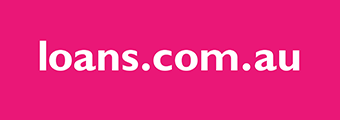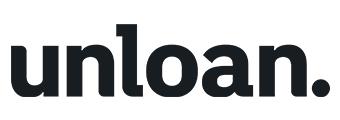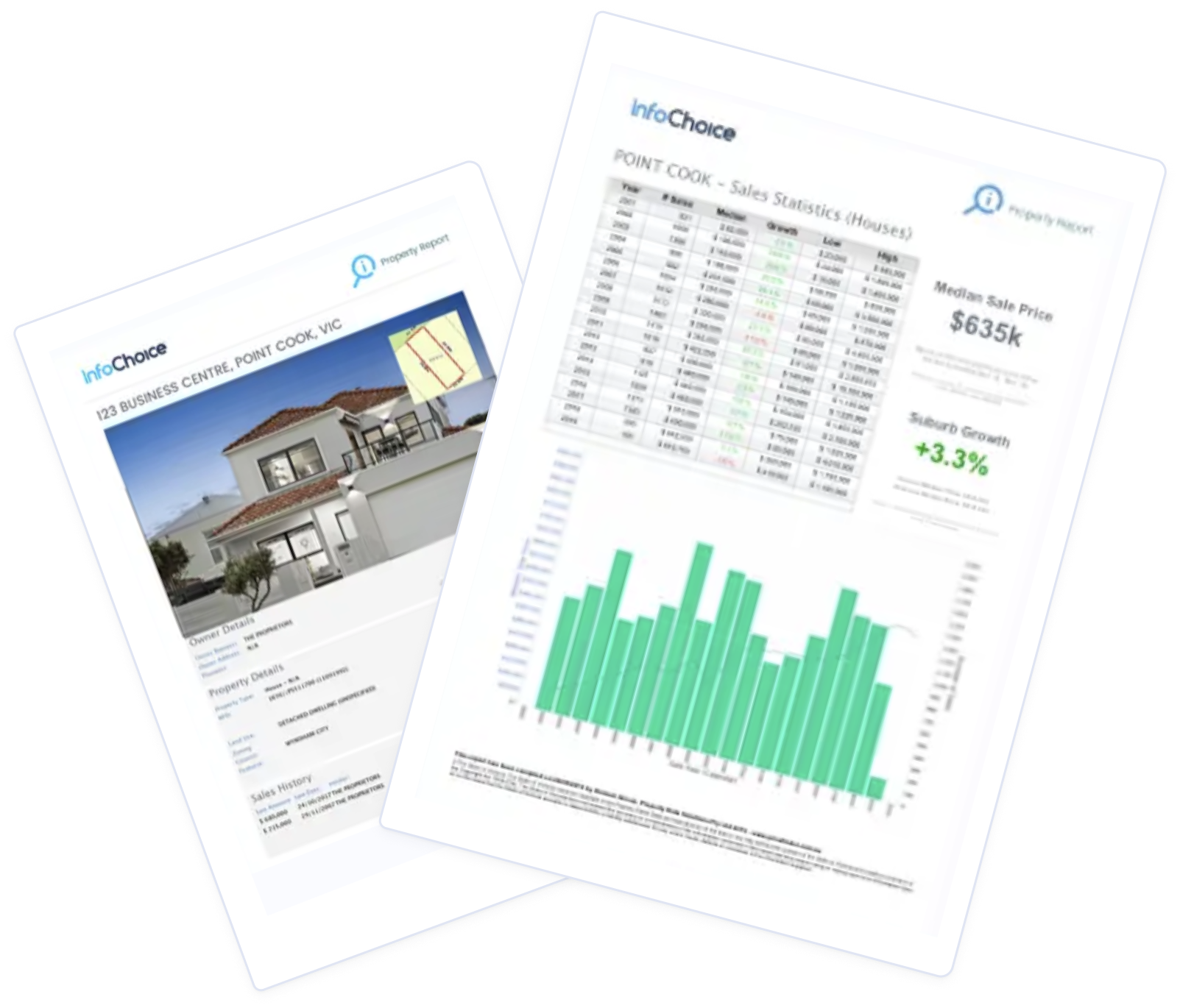
As part of the wider Home Guarantee Scheme, the Family Home Guarantee (FHG) is an initiative of the Federal Government and the National Housing Finance and Investment Corporation, or NHFIC for short. The FHG allows single parents to enter the housing market with a participating lender with as little as a 2% deposit without paying lenders mortgage insurance (LMI).
LMI often costs many thousands of dollars, and saving up 20% (the typical deposit threshold to avoid LMI) can take many years. Having a roof over your head to call your own is often one of the most significant markers of financial and emotional wellbeing, so being able to get your foot in the door sooner could be a good thing. So here’s how it all works.
Advertisement
Lender Home Loan Interest Rate Comparison Rate* Monthly Repayment Repayment type Rate Type Offset Redraw Ongoing Fees Upfront Fees Max LVR Lump Sum Repayment Extra Repayments Split Loan Option Tags Features Link Compare Promoted Product Disclosure
Promoted
Disclosure
Promoted
Disclosure
Promoted
Disclosure
How to find out if you’re eligible for the Family Home Guarantee
Each financial year, the government makes available 5,000 spots on the Family Home Guarantee for single parents with at least one dependent. The Scheme allows eligible participants to enter the market with a 2% deposit without paying LMI. The government effectively acts as guarantor for the remaining 18% deposit.
As there are only 5,000 spots available in a financial year, if you want to access the Scheme you will have to get your skates on. This involves finding out if you’re eligible, speaking with a participating lender, and getting the ball rolling. While the government and NHFIC pilot the program, on a practical basis a participating lender handles most of the work, and should be your first port of call.
Eligibility
-
Applying as an individual
-
A single parent with at least one dependent child
-
An Australian citizen at the time they enter the loan
-
At least 18 years of age
-
Be earning no more than $125,000 per year
-
Intending to be owner-occupier of the purchased property
-
Not currently own property
Income requirement and Notice of Assessment
As mentioned, the maximum income cap is $125,000 per year. To confirm eligibility, your lender will apply for a Notice of Assessment (NOA), which comes from the Tax Office, detailing income for the previous financial year.
NHFIC has advised applicants to speak to their lender to recommend the NOA is obtained before signing a contract of sale.
Deposit requirements
Under the FHG, applicants can enter the market with as little as a 2% deposit and a maximum of 20%. Lenders might require a larger deposit than 2%.
Applicants are also advised to speak with their lender as to what constitutes genuine savings, and whether other first home buyer grants count towards the requirement.
Single Parent definition
An applicant must be a genuine single parent and not have a spouse or de facto relationship. Beyond that some other criteria also applies.
To apply for the FHG, home buyers must:
-
Be single. A person is considered single if they don’t have a spouse and/or a de facto partner. Note: a person who is separated but not divorced is not considered single
-
Have at least one dependent child. To have a dependent child, you must be the natural or adoptive parent of the child and the child must either be:
-
a “dependent child” within the meaning of the Social Security Act of 1991.
-
at least 16 but under 22 years of age, receive a disability support pension within the meaning of the Social Security Act 1991 and live with you.
-
For the purposes of the Social Security Act 1991, you must show that you are legally responsible (whether alone or jointly with another person) for the day-to-day care, welfare and development of the dependent child and the dependent child is in your care.
Previous home ownership
Under the Scheme it’s possible to have owned a property previously - say with a previous relationship - but you must not own a property currently. This includes:
-
A freehold interest in real property in Australia
-
A lease of land in Australia
-
A company title interest in land in Australia.
Family Home Guarantee price caps
|
State |
Capital City & Regional Centre* |
Rest of State |
|---|---|---|
|
NSW |
$900,000 |
$750,000 |
|
Vic |
$800,000 |
$650,000 |
|
Qld |
$700,000 |
$550,000 |
|
WA |
$600,000 |
$450,000 |
|
SA |
$600,000 |
$450,000 |
|
Tas |
$600,000 |
$450,000 |
|
Territory |
All areas |
|
|
ACT |
$750,000 |
|
|
NT Regional |
$600,000 |
|
|
Jervis Bay Territory & Norfolk Island |
$550,000 |
|
|
Christmas Island & Cocos (Keeling) Islands |
$400,000 |
|
-
Regional centres are Newcastle and Lake Macquarie, Illawarra, Geelong, Gold Coast and Sunshine Coast.
Family Home Guarantee Pros & Cons
The FHG seems like a great idea to realise your home ownership dreams as a single parent, but there’s a few things to weigh up first.
Pros
Get into the market sooner
Domain data indicates it can take more than 10 years for someone to save a 20% deposit on a modest home in the capital cities. What were house prices doing a decade ago? By the time you’ve saved, your deposit might not be enough. A 2% deposit allows you to get your foot in the door much sooner.
Save thousands by not paying LMI
Depending on the value of the property and loan, LMI could otherwise cost thousands or tens of thousands of dollars. Further, it’s often baked into the loan so that means you pay interest on it.
By not paying LMI, this can help you get ahead and direct that money to other things, like extra mortgage repayments or other necessities.
Get a roof over your head that’s yours
One of the most important markers of financial and emotional wellbeing can be home ownership, especially later in life. Getting a roof over your head means it’s yours - no landlords or property managers - and it allows you to put down roots in an area, send your kids to school and afford them a stable future.
Cons
Very little equity
With a 2% deposit you have very little skin in the game. This can be bad if property prices head south, or you fall behind on mortgage payments. It means you could end up owing more on the home than the property is worth. Further, this limits your options for refinancing, because you typically need 20% equity to do so.
Larger loan amount
A 2% deposit means you are borrowing a lot more on a like-for-like home. This means ultimately more interest payable over the life of the loan, and higher repayments that could make budgeting harder. Dedicating more than 30% of your paycheque to repayments is often called mortgage stress.
More sensitive to rate rises
As you are borrowing a higher amount, have a lower deposit, and are capped on your income, these factors could make you more sensitive to rate rises. Further, high-LVR home loans usually attract higher interest rates, and you might not be able to refinance for a while until you reach the 20% equity milestone.
Family Home Guarantee participating lenders
-
Commonwealth Bank
-
NAB
-
Australian Military Bank
-
Australian Mutual Bank
-
Auswide Bank
-
Bank Australia
-
Bank First
-
Bank of Heritage Isle
-
Bank of Us
-
BCU
-
Bendigo Bank
-
Beyond Bank
-
Border Bank
-
Community First Credit Union
-
Credit Union SA
-
Defence Bank
-
Firefighters Mutual Bank
-
G&C Mutual Bank
-
Gateway Bank
-
Great Southern Bank
-
Health Professionals Bank
-
Indigenous Bank Australia
-
Illawarra Credit Union
-
IMB Bank
-
Mortgage Port
-
Newcastle Permanent
-
P&N Bank
-
People’s Choice Credit Union
-
Police Bank
-
QBank
-
Queensland Country Bank
-
Regional Australia Bank
-
Teachers Mutual Bank
-
The Mutual Bank
-
UniBank
-
Unity Bank
-
Bank WAW


